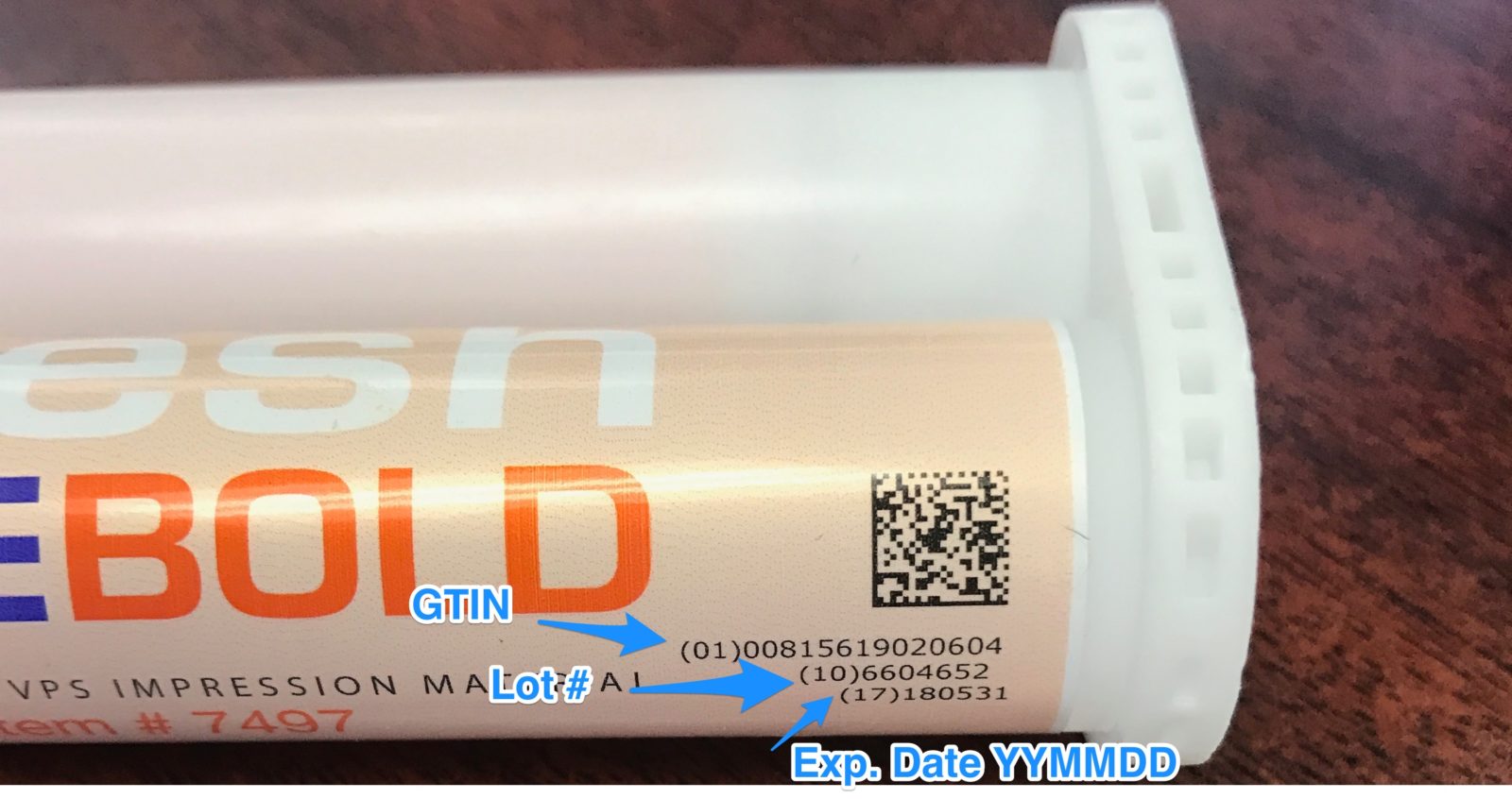News
Name Brand vs. House Brand vs. Generic
Name Brand vs. House Brand vs. Generic
There is much confusion about what constitutes a name brand versus a generic or house brand in the dental industry. On Dentaltown and elsewhere there are many discussions about this topic along with ‘grey market’ items. First, keep in mind that there are very few true manufacturers/producers of most consumable dental products. Most dental materials are produced by contract manufacturing where a reputable source will produce materials for different distributors, some with custom specifications or others with off-the-line goods.
The FDA has heavy regulations on manufacturers. However, from the standpoint of distribution there is much less regulations. If a company does not truly make/mix/compound the materials, the company is considered a repackager/relabeler. Once purchasing a cartridge of material from an OEM, they can put their own label on it and sell it under any name they choose.
If you ever want to know who truly makes the stuff in the cartridge, attend the International Dental Symposium (IDS) in Cologne, Germany that is held every other year. This is the true nuts and bolts of the dental manufacturing world. It is much different than a tradeshow in the United States such as the ADA Annual Conference or GNYDM. The customers at the IDS are distributors and repackager/relabelers, not dentists. Each big manufacturer has relatively large booths or exhibition space. The meeting is extremely informative and you get to see the latest in dental technologies.
Back to the US market; what constitutes the difference between name brands and generics? Marketing. That’s it. There is a lot of glossy brochures for the big name brands and distributors’ sales representatives making big claims. Why? Because items like impression materials, composites, and bis-acrylics have some of the highest profit margins in dentistry. Combined with frequent turnover, getting an office to switch to a high-priced impression material is one of the quickest ways for a rep to receive more commission. However, there are now several market disruptions taking place from traditional sales methods.
Amazon is now offering FDA regulated products through their professional services division. You must register a business account with a valid license to purchase through that division. Net32.com, SourceOneDental.com and other companies act as virtual distributors and storefronts to process orders. They do not warehouse the materials they distribute, but act as a seller who then in turn drop ships the materials to the customer. So how do you ultimately know where and when your materials are produced?
On September 24, 2016 an FDA rule for Type II medical/dental devices went into effect requiring an Unique Device identifier (UDID) on each product. The UDID consists of a Global Trade Item Number (GTIN), the production lot number, and expiration date. With the GTIN number, you can search the UDID and find out information about the product. If you don’t start to see the barcode and UDID on the labels of your materials, you should investigate the source.
So bottomline, don’t buy into the large companies’ marketing and perceive price is a function of quality alone. If a material meets FDA requirements and works well in your hands – use it! Just don’t fall into the misconception that if it costs more, it must be better.

